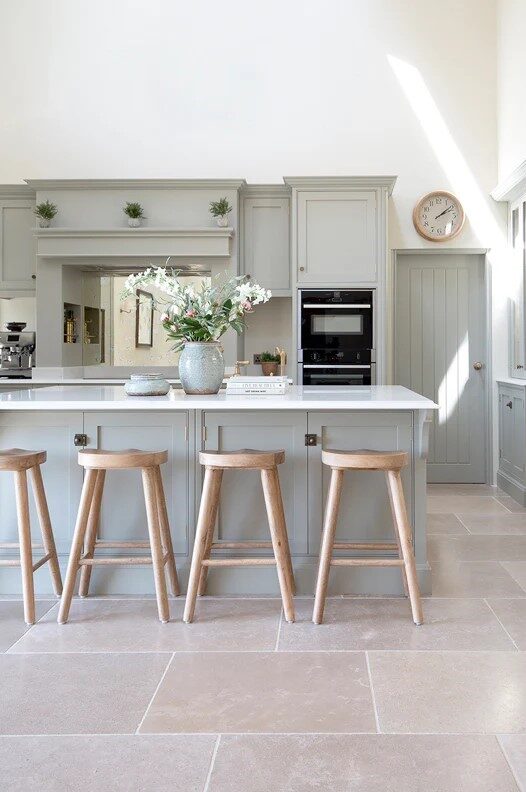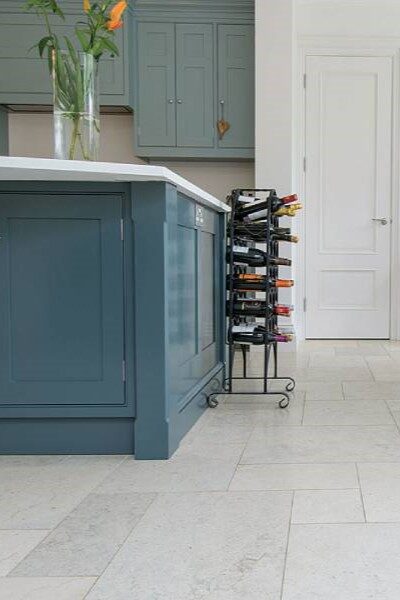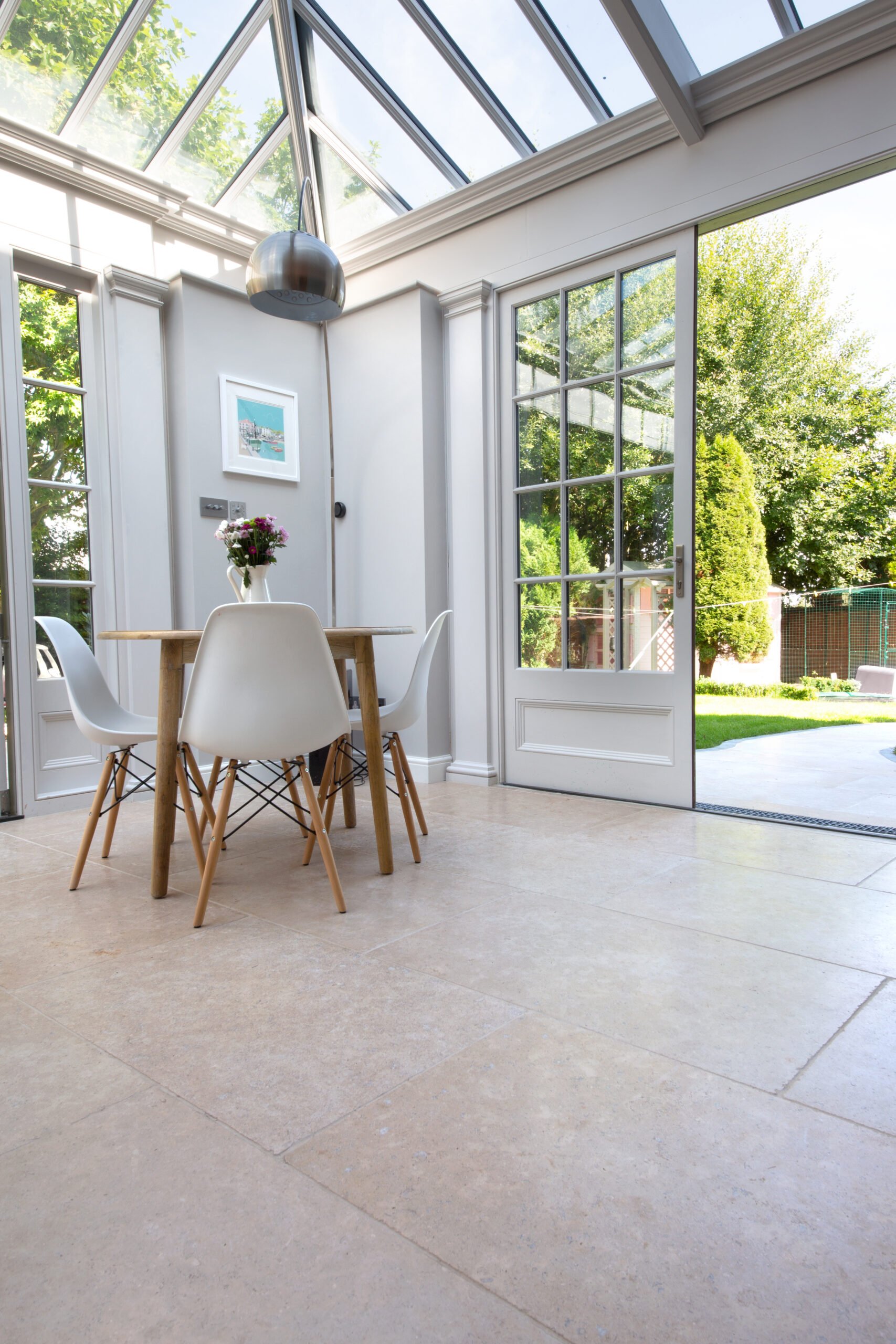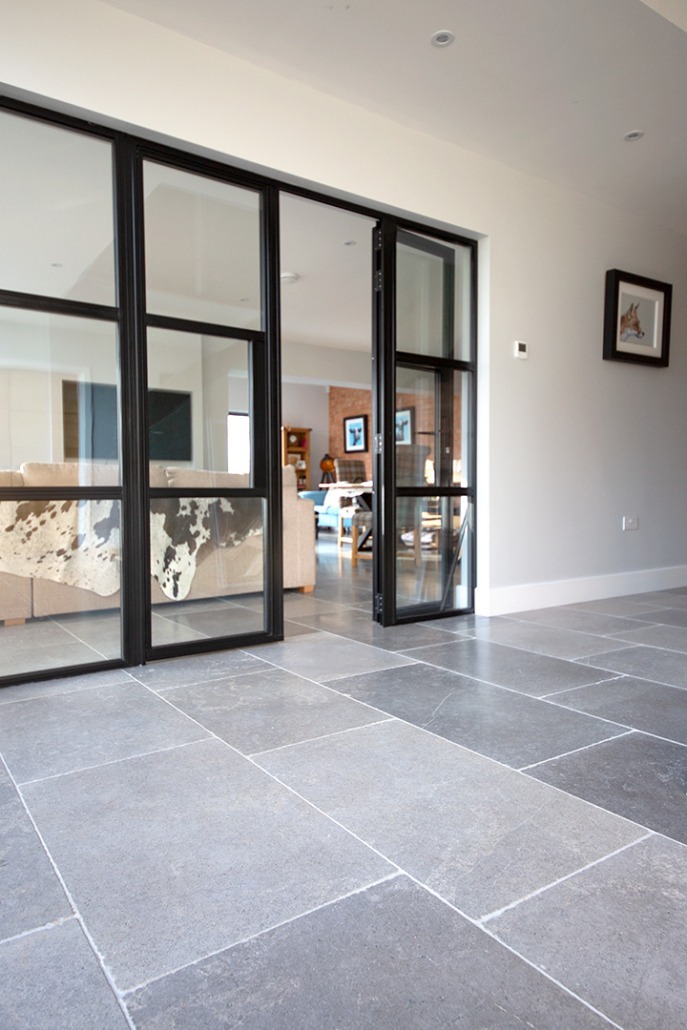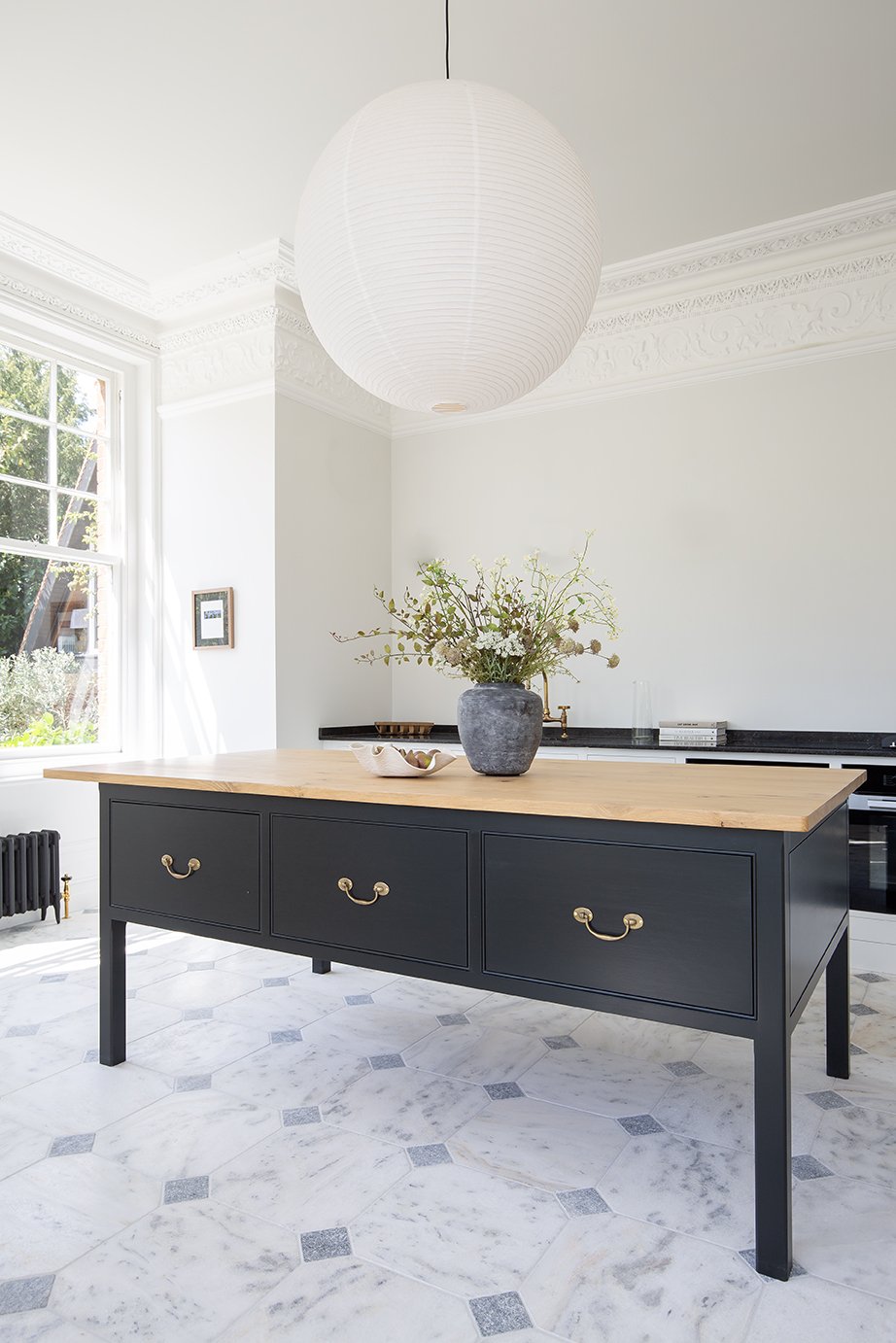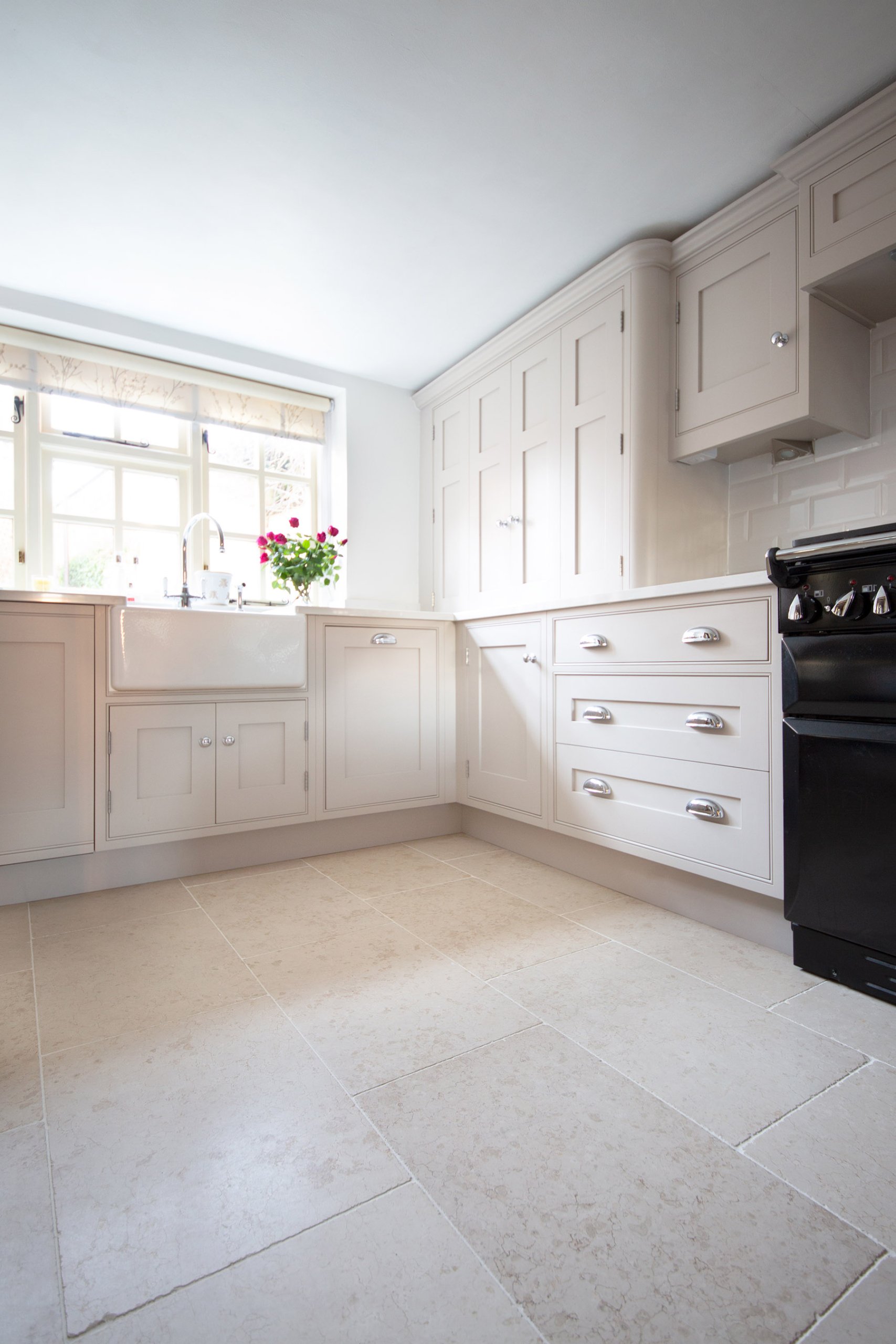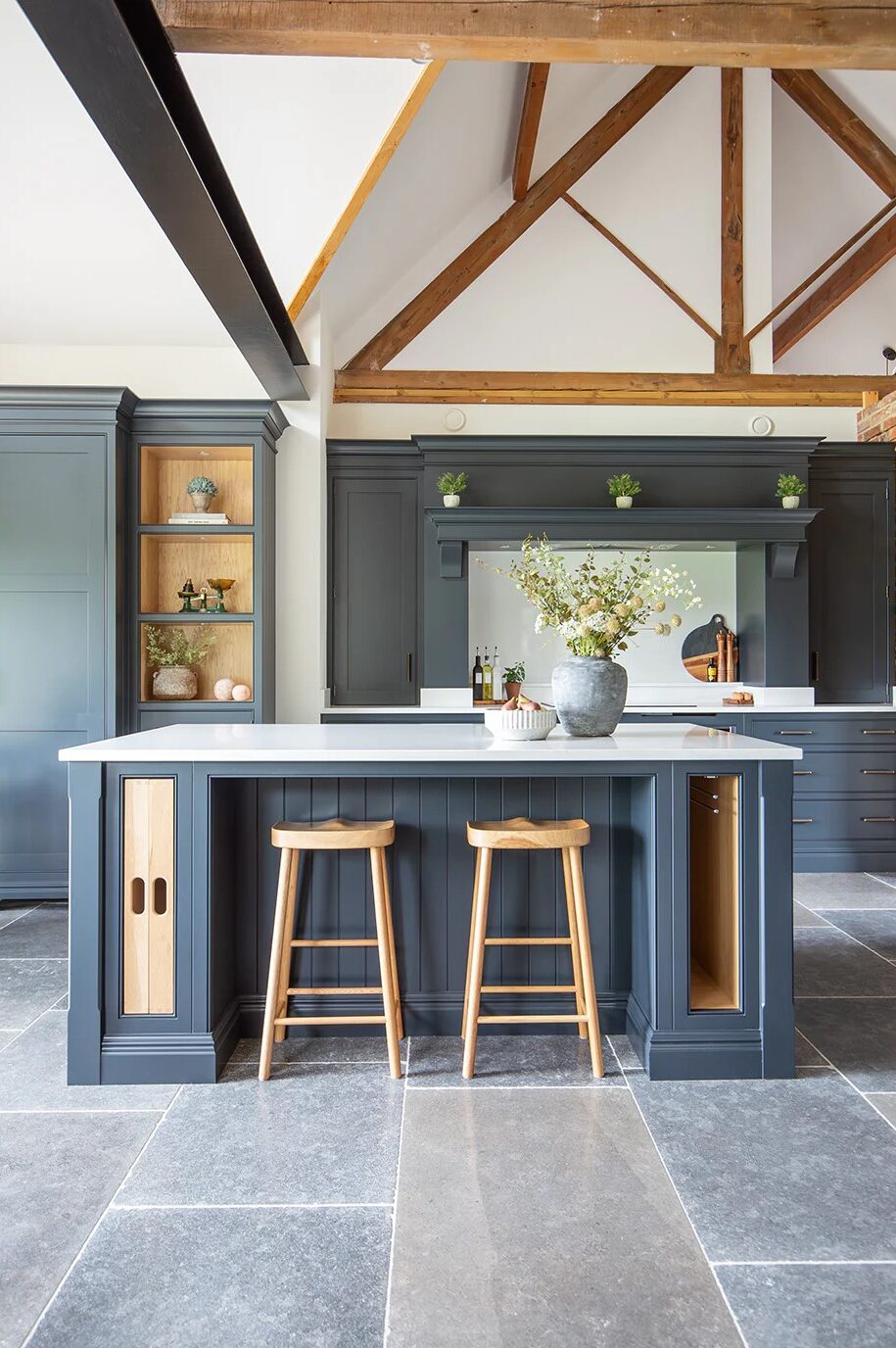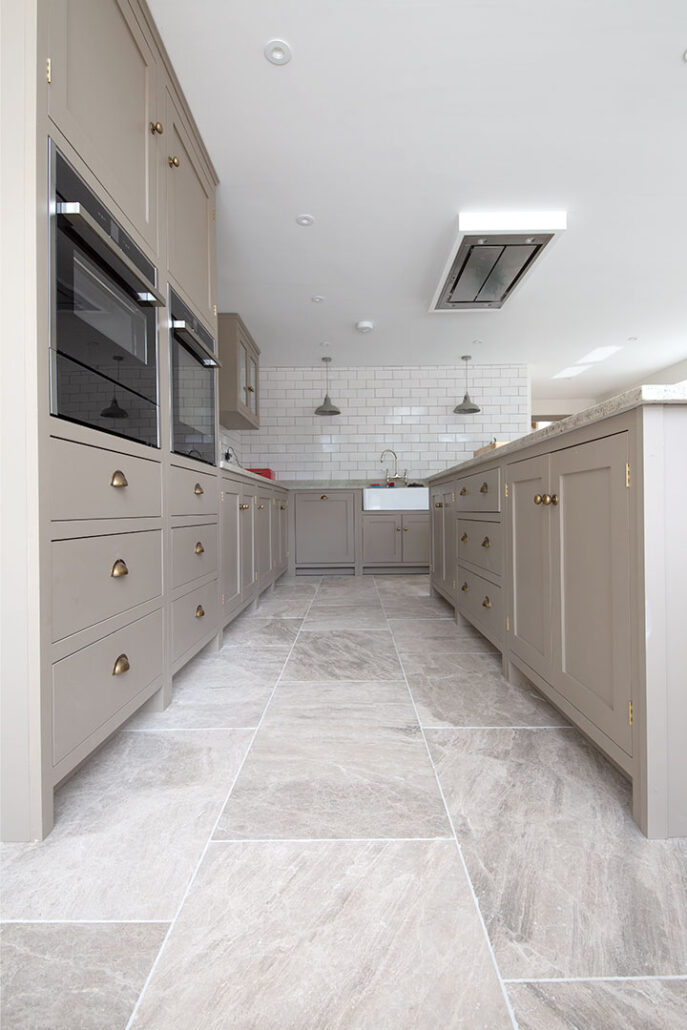Home of beautiful natural stone
At Saxby Stone we specialise in supplying beautiful natural stone tiles to villas and apartments in all parts of Scandinavia. In recent times, we have supplied notable projects such as the iconic Arctic Bath Hotel, the Swedish Embassy in London, Oscar Properties’ Nacka Strand apartments and EQT Capital Partners’ offices in Stockholm and London.
We hope you find some inspiration from our collection!
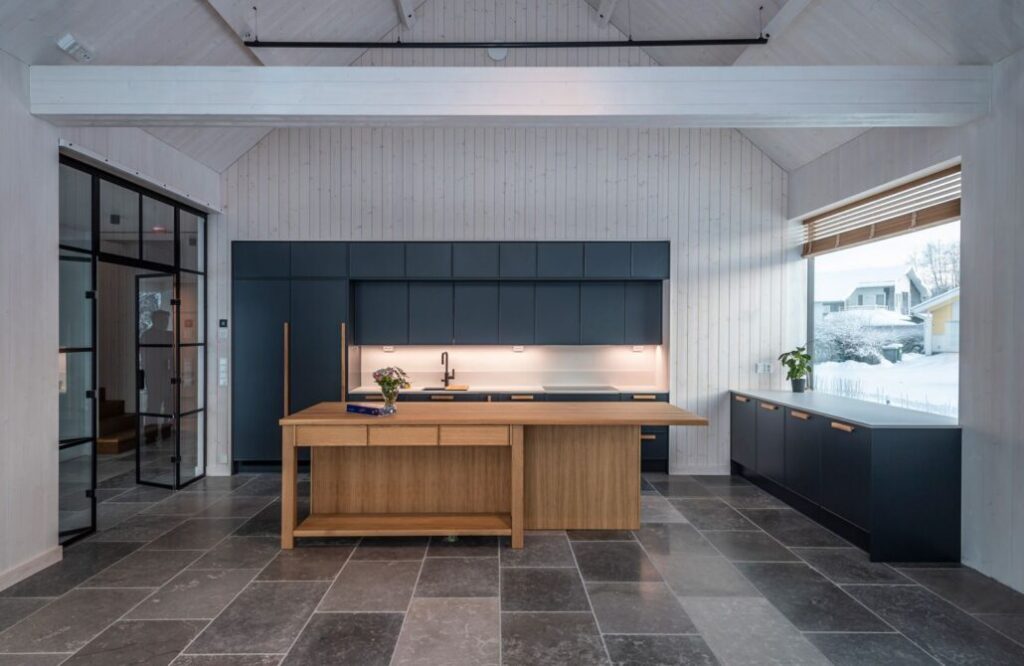
About us
Saxby Stone offers a unique selection of natural stone tiles many of which are sourced from small, family owned quarries around the shores of the Baltic Sea. Other limestones and marbles in our collection are sourced from quarries in Spain, Portugal, Italy and France with whom we have been collaborating for over twenty years. We have chosen our selection of natural stone specially to reflect the tastes and styles in Scandinavia and the Nordic region.
We are passionate about supplying our valued customers with the highest quality natural stone at affordable prices. We hope you enjoy browsing through our selection of natural stone and perhaps you will find an idea that inspires you!
Frequently Asked Questions

David Hunter
Here are some of the FAQs but please get in touch if there is something else we can help you with!
Where does the stone offered by Saxby Stone come from?
Our limestone tiles are sourced from quarries in the following countries: Sweden, Germany, Estonia, Italy, France, Croatia, Portugal, Spain.
What does FL (falling lengths) mean?
How much do limestone tiles weigh per m2?
The weight of the tiles depends on the type of limestone and the thickness. To be on the safe side, one should allow 27 kg per m2 for 10 mm thickness tiles and 40 kg per m2 for 15 mm thickness tiles.
What percentage should I factor in for wastage when buying natural stone tiles?
In most cases, you should factor in 10% wastage when ordering floor tiles. But if the tiles are installed in rooms with many complex details (for example around pipes or the shower in bathrooms), you should consider 15% wastage. In addition, there should always be a small supply of tiles at hand for possible future repairs.
How much colour variation should I expect?
This really depends on which limestone you are considering. Arensburg limestone, for example, is quarried from 27 thin layers of rock and there is a degree of colour variation between layers. Other stone such as travertine is very consistent in colouring as it is quarried from much larger blocks of stone of the same uniform colour tone.
We cannot guarantee any specific tone or pattern but to get a better overview of the final result we recommend laying the tiles out on the floor before you start installing them, so you can find the layout that suits you best.
What size of floor tiles should I use?
This depends mostly on the preferences of the client. However, you don’t always have to use the same-sized floor tiles. You can order a mix of larger and smaller tiles such as French pattern or tiles with falling lengths (see the question “What does falling lengths mean?”). You can add individuality to the floor by alternately using tiles with different widths – for example, 200, 300, and 400 mm or by combining tiles with two widths (200 and 400 mm).
As a rule, tiles with very large dimensions are not used in small spaces as it causes more waste than necessary. For a beautiful result it is important to observe that the joints do not coincide (the distance between transverse joints should ideally be at least 100 mm).
What is a French Pattern (Opus Romano)?
It is a classical pattern layout for floor tiles which uses tiles of varying sizes. The pattern repeats itself and gives the floor an antique and rustic look. Since there are several factors to take into account when installing French Pattern, we recommend laying the tiles out on the floor before you start. It is advised to start laying out the pattern from the center of the floor and move outwards. One section on the image below consists of 12 tiles and such sections fit perfectly side by side.
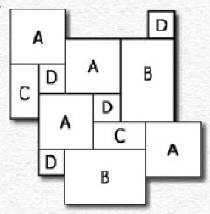
Are the limestones offered by Saxby Stone suitable for use in saunas?
Yes, all the stone tiles we offer are suitable for use in saunas.
Are the limestones offered by Saxby Stone suitable for use in bathrooms?
Yes, all the floor tiles offered by us are suitable for bathroom use. Most of our tiles have a honed or tumbled surface that does not become too slippery when used in wet rooms. Please bear in mind that natural stone is sensitive to acidic liquids and that the tiles should be rinsed after using shower gels, shampoos and similar products. To avoid water accumulating on stone surfaces it is necessary to make sure that water drains away from the floor properly by giving the subfloor a proper slope.
Are the limestones offered by Saxby Stone suitable for outdoor use?
Several, but not all, of our limestones are suitable for outside use on terraces. We recommend that a thicker tile than the standard floor tile is used for the exterior to enable them to easily withstand the harsh Scandinavian winters. Please get in touch to ask us which of our limestones are suitable for exterior use.
Are limestone tiles suitable for use with underfloor heating systems?
All our limestone tiles are perfectly suitable for use with underfloor heating and the generated heat does not affect the stones’ properties. Limestone has traditionally been used to build hot/warm walls because stone stores heat and stays warm for a long time. Before installing natural stone tiles it is important to let the subfloor concrete stand for several days with the underfloor heating turned on to allow the moisture in the concrete to dry out.

